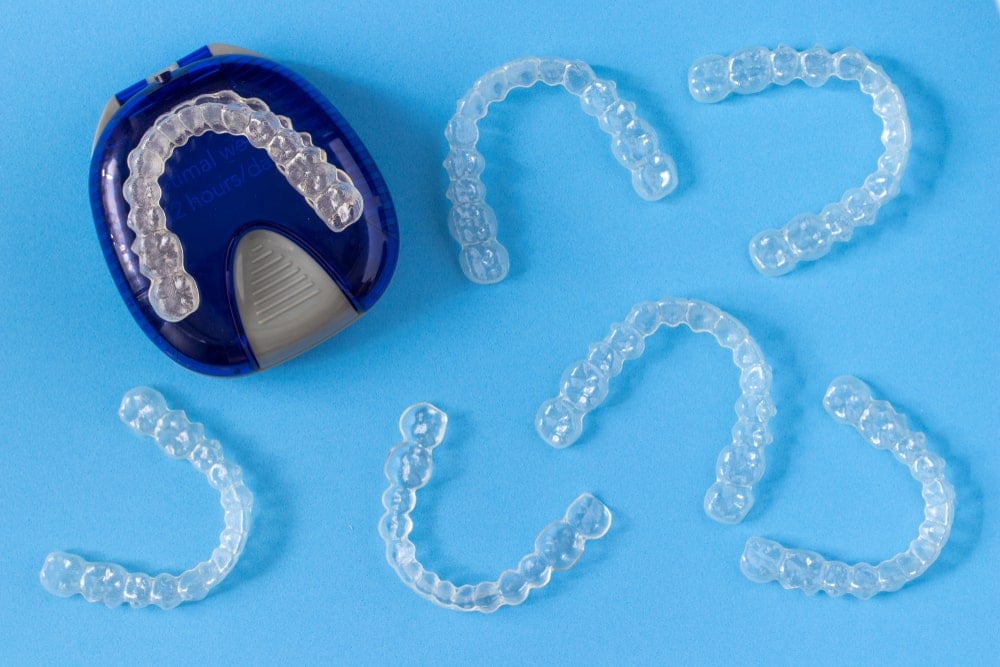Orthodontic treatment refers to any procedure that helps straighten teeth, fix bite issues, or improve jaw alignment. From traditional braces to Invisalign aligners and retainers, orthodontics isn’t just about a great-looking smile—it also helps prevent dental problems like uneven wear, jaw pain, and difficulty chewing.
If you’ve ever wondered whether you or your child might need orthodontic care, you’re in the right place. Let’s break down the different types of orthodontic treatments and the dental issues they help fix.
Types of Treatments
There’s no one-size-fits-all solution when it comes to straightening teeth. Orthodontists use different methods based on your needs, lifestyle, and overall oral health.
1. Traditional Braces
The most common orthodontic solution is traditional braces, which use metal brackets and wires to gradually shift teeth into alignment. They’re great for treating everything from minor crowding to complex bite problems.
2. Ceramic Braces
Like traditional braces, but with tooth-colored or clear brackets for a less noticeable appearance.
3. Clear Aligners
For those looking for a removable, nearly invisible option, Invisalign is a popular choice. These clear aligners gradually move teeth without the wires and brackets of traditional braces.
4. Retainers
After active treatment, an Invisalign retainer or a traditional retainer helps keep teeth in place, preventing them from shifting back.
5. Palatal Expanders
Used primarily for children, these devices widen the upper jaw to help create more space for incoming teeth.
6. Space Maintainers
If a child loses a baby tooth too early, space maintainers keep the gap open for the adult tooth to come in properly.
What Dental Problems Do You Need an Orthodontist to Fix?
Many people think orthodontic care is just for cosmetic improvements, but it actually plays a big role in overall oral health. Here are some common issues that might require orthodontic treatment:
- Crooked or Crowded Teeth – When teeth overlap, it can make brushing and flossing tricky, increasing the risk of cavities and gum disease. Orthodontics creates the space needed for a cleaner, healthier mouth.
- Overbite, Underbite, or Crossbite – Misaligned bites can cause uneven wear on teeth, jaw pain, and even difficulty chewing. Braces or clear aligners help correct these bite issues.
- Gaps Between Teeth – Whether it’s genetics or tooth loss, gaps between teeth can sometimes lead to shifting or misalignment over time.
- Speech Issues – Believe it or not, misaligned teeth and bite problems can sometimes affect speech patterns. Orthodontic care can help with articulation and pronunciation.
- Jaw Pain or Clicking Sounds – A misaligned bite can lead to discomfort in the jaw joint, sometimes even causing headaches or TMJ (temporomandibular joint) issues.
Is Orthodontic Treatment Right for You?
If you’ve noticed any of the issues above, it might be time to talk to an orthodontist. Whether you need braces, Invisalign, or a retainer, getting orthodontic care early can save you from more significant dental problems down the road.



